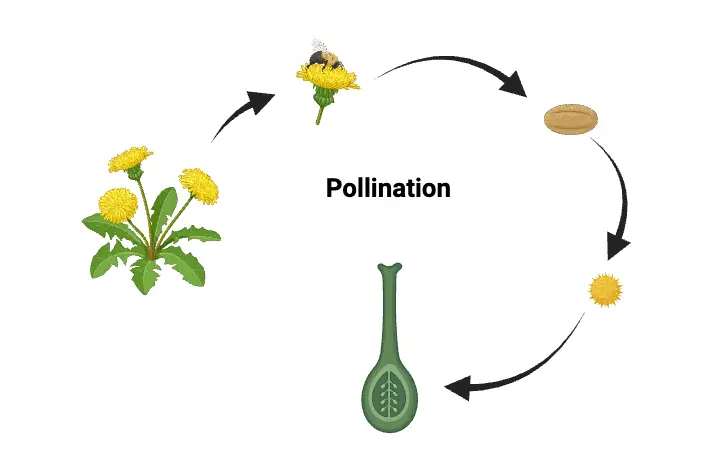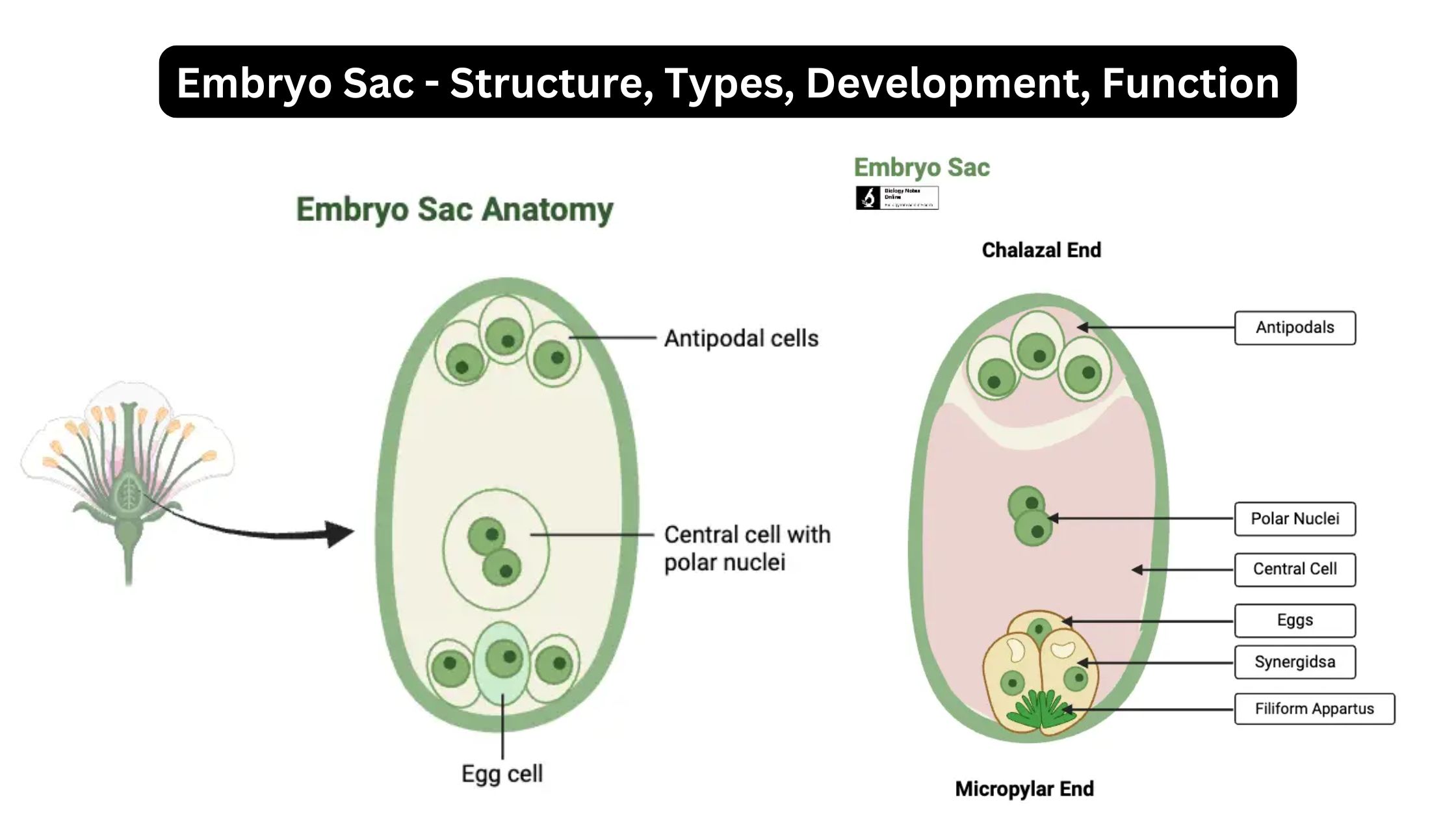Seed – Structure, Types, Development, Germination, Dispersal
What is Seed? Size and shape of Seed The size and shape of seeds exhibit considerable diversity, reflecting their adaptation to various ecological niches and functional requirements. This variability plays a crucial role in dispersal, survival, and germination strategies. Type of seed Seeds can be classified based on various criteria, including the number of cotyledons … Read more









